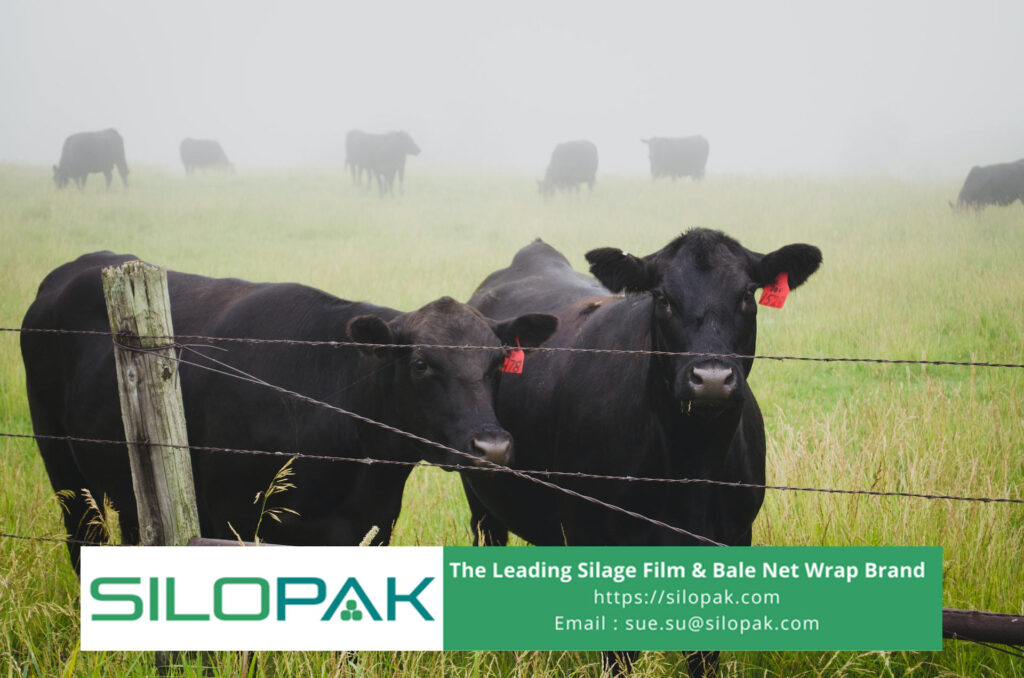
Forage is a major requirement in animal husbandry, especially ruminants. At least, forage feed is needed for as much as 95% of the total feed given. One type of grass forage is Co-4 grass. This is one type of grass whose existence is easy to find. This type of feed has high nutrition, so it can increase production.
contents
Here’s an Explanation of What Co-4 Grass is
You might ask, what’s the difference between co-4 grass and other grass feeds? Aren’t all forages the same? will it provide energy to the livestock that eats it? It turns out that not all forages are the same. Many farmers are still looking for feed without paying attention to the actual nutritional content. In the end, production results are not optimal and do not increase.
The definition of one type of forage is a hybrid variety with a mixture of Napier and Bajra. With the combination of the two, the grass yields are of a higher quality than Napier and Bajra. Because in general, the combination of the two compounds will produce advantages over the original compound.
The cultivation of this type of grass, it is similar to the cultivation of sugarcane. Co-4 grass is better known in the community as elephant grass. It also includes the main plants in the tropics. Having a higher quality, means that the better the effect felt by cattle that eat that type of grass.
When one cultivates this grass, the yield is high. But it all must meet the requirements of the right growing environment. The most suitable environment for this grass is moderate humidity levels and warm climates. For this type of soil, it would be better to plant in clay-type soil.
This plant can grow to a height of 3 meters. The harvest is done when it has grown to 3 meters or more. Some even reach 3.5 meters high and have just been harvested. The higher the grass is harvested, the more results you get. However, it could be that the nutrients contained are less.
Co-4 Nutrition
Why is co-4 grass used for animal feed, especially ruminants? The answer is not far from nutritional matters. This grass has high productivity and nutrition. So, that’s the reason why this grass is given to livestock. The average harvest of this product within 7 to 8 weeks can reach 12 tons/hectare. The dry yield can reach 60 tons/hectare in one year.
The nutritional content of this forage grass is quite high. So, it’s good to be used as animal feed. Its content includes crude protein of 8 to 17%. In addition to crude protein, this grass has 28 to 32% crude fiber. It can even reach 33% when harvested at the age of 42 days.
In addition, this forage has an energy content of 9.5% when the harvest is 35 days, and 9.0% when the harvest reaches 42 days. For this reason, if you want to feed with more energy content, you can harvest it when you are 35 days old.
Of all the nutrients contained, more or less the total nutrients that can be digested by livestock range from 55-58%. To be able to produce maximum nutrition, this grass should be planted on land with an altitude of approximately 2,000 meters above sea level.
Silage from One Acre Co-4 Grass

Co-4 grass is used as forage for livestock, especially ruminants such as cattle. By giving 15 kg of this feed every day, it can produce about 200 ml of milk per cow. Of course, this will increase your farm production, right? In addition to milk, the meat obtained by providing this feed will also increase.
The resulting grass yield (total harvest) can be used as fermented feed or silage. Then how much weight is needed to make silage? In general, there are no weight requirements to be able to make silage from this type of grass. However, according to references, breeders can harvest at least 150 tons per tofu for one hectare.
What are you waiting for? Immediately replace the forage feed for your livestock with co-4 grass. Besides being easy to find. This grass has far more nutrients than other grasses. If you want to cultivate this type of grass yourself, the method is also quite easy. You can start by preparing the seeds and where to plant them first.
After that, apply fertilizer to the previously treated soil so that it becomes loose. Plant these grass seeds in soil that has been given fertilizer. Then water the seeds if they feel too dry. Finally, cover the seeds that have been planted with leaves so that they are not exposed to direct sunlight. If it is ingrained properly, next is the treatment you have to do. You can harvest this forage if the age of the plants has passed 30 days or more.

